In the book The Art of Electronics the author writes the following when trying to explain the inductive kick:
And then he mentions when the switch is opened abruptly, the inductor tries to keep current flowing and damages the switch if no flyback diode is used. And that differential equation formula shows that large peak in voltage.
So far I understand his point. But the same logic applies when the switch is closed because dI/dt again can be large.
It seems like something is missing here to differ between what happens to dI/dt in case of switch being closed comparing to the switch being opened. How can we have a more clear insight about this? Why theres is no large voltage in case of the switch is being closed? How can the difference between opening and closing be mathematically demonstrated?
